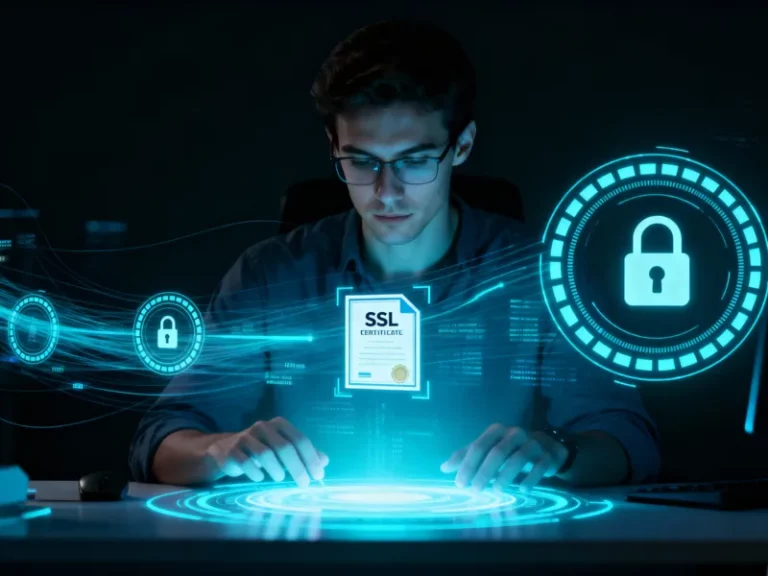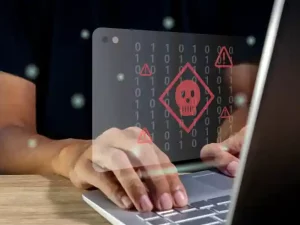In the digital world, trust is not built overnight; it is nurtured, maintained, and renewed. The same principle applies to SSL certificates. While many organizations treat SSL as a one-time checkbox on their cybersecurity list, true digital trust is not static. It is a living commitment that evolves. In our previous article, “Real-Life Data Breach Cases: What Happens When SSL Fails?”, we examined how negligence can lead to catastrophic outcomes. This time, we shift focus from the consequences of failure to the journey of maintenance, where vigilance defines resilience.
Birth of Trust: The Creation of SSL Certificates
Every SSL certificate marks the birth of a digital promise, the assurance that data exchanged between a user and a website is encrypted, secure, and private. When a company installs an SSL certificate, it’s not just enabling HTTPS or avoiding browser warnings; it’s publicly declaring, “Your information is safe with us.”
However, this is only the beginning. The creation of an SSL certificate represents the foundation of digital integrity, but like any foundation, it demands continuous attention. Too often, organizations install certificates without implementing proper validation, automated renewal, or certificate inventory management. This creates invisible cracks in the structure of trust, which attackers can exploit. True security does not start and stop at issuance; it grows through management, validation, and accountability.
Maintenance Matters: The Often-Ignored Middle Stage
The middle stage of an SSL certificate lifecycle is where complacency can quietly breed chaos. During this phase, certificates age, systems evolve, and networks expand, yet many companies fail to track how these changes affect SSL performance and validity.
Expired, misconfigured, or duplicate certificates often go unnoticed until browsers start flashing red warnings, or worse, until attackers find a weak spot. SSL maintenance is not glamorous, but it is the lifeline of digital credibility. Regular audits, real-time certificate monitoring, and proper key management prevent unexpected downtime and ensure every secure connection remains truly secure.
Neglecting this stage is like locking your front door once and assuming it will stay shut forever, even as the hinges rust and the keyhole corrode. Maintenance is not optional; it is the ongoing price of trust.
Renewal and Evolution: Extending the Lifespan of Digital Security
Renewing an SSL certificate is more than a routine technical task, but a reaffirmation of your organization’s credibility. Each renewal signals continuity: that your brand remains committed to privacy, encryption, and data integrity.
Modern enterprises should treat SSL renewal as an opportunity to evolve, updating encryption algorithms, strengthening certificate authorities, and aligning with the latest compliance standards. As cyber threats grow more sophisticated, SSL renewal ensures your shield adapts with the times.
Organizations that automate renewal cycles and integrate certificate management into their broader cybersecurity framework demonstrate maturity in digital trust management. In an era where customer confidence is fragile, renewal is not just about technology, but about reputation.
Sustaining Trust Through SSL Vigilance
SSL certificates do not just protect data; they protect relationships. From creation to renewal, every phase of SSL’s lifecycle contributes to how users perceive a brand’s reliability and security posture. In the evolving landscape of cyber threats, maintaining that trust requires constant care, adaptation, and foresight.
At Terrabyte, we believe digital trust is not a one-time setup, but an ongoing responsibility. Through continuous awareness, proper SSL lifecycle management, and a commitment to security excellence, organizations can preserve not just their data but their integrity in the eyes of the world.




